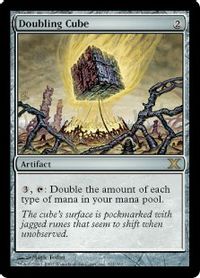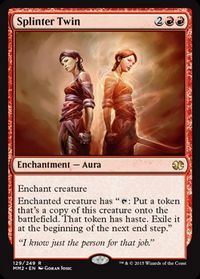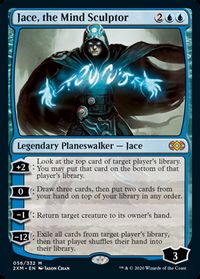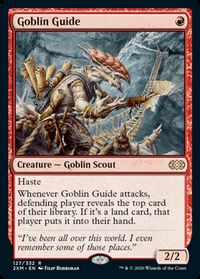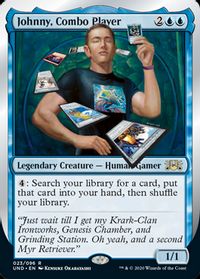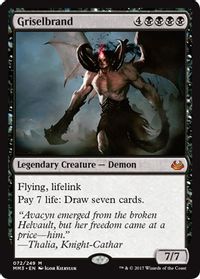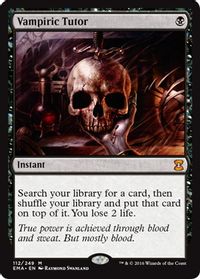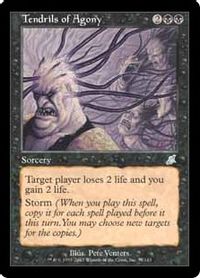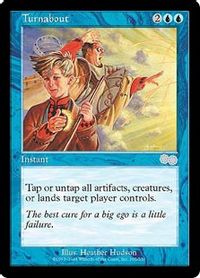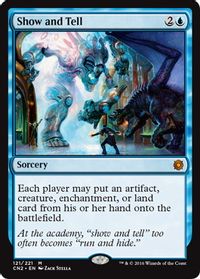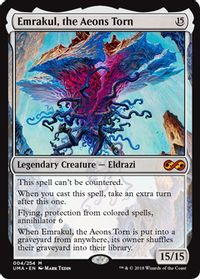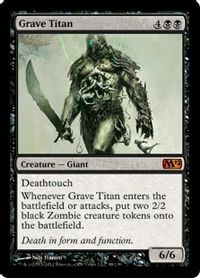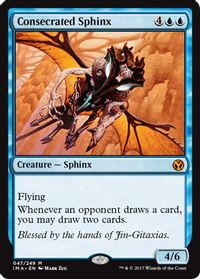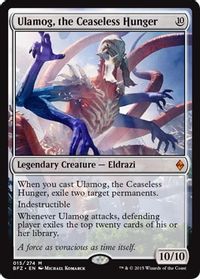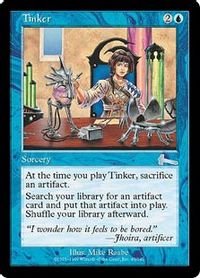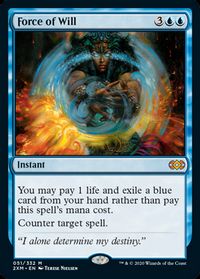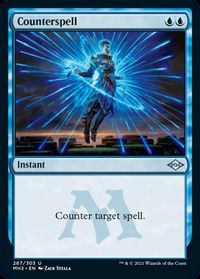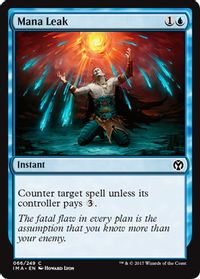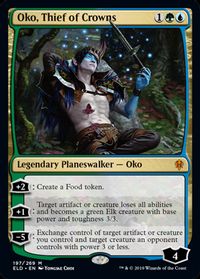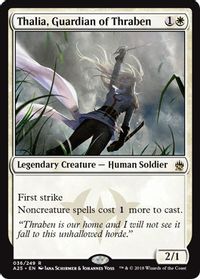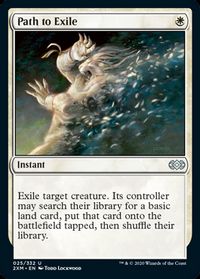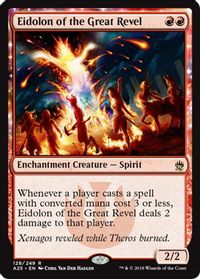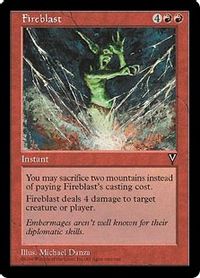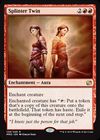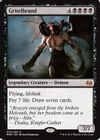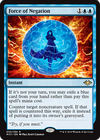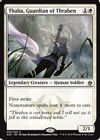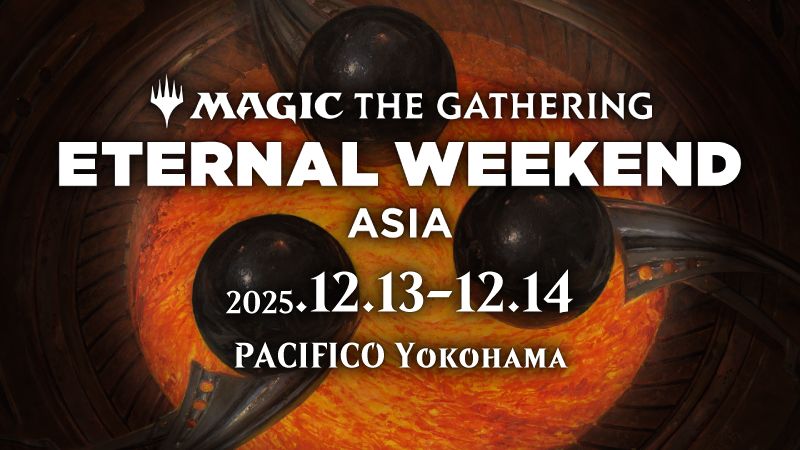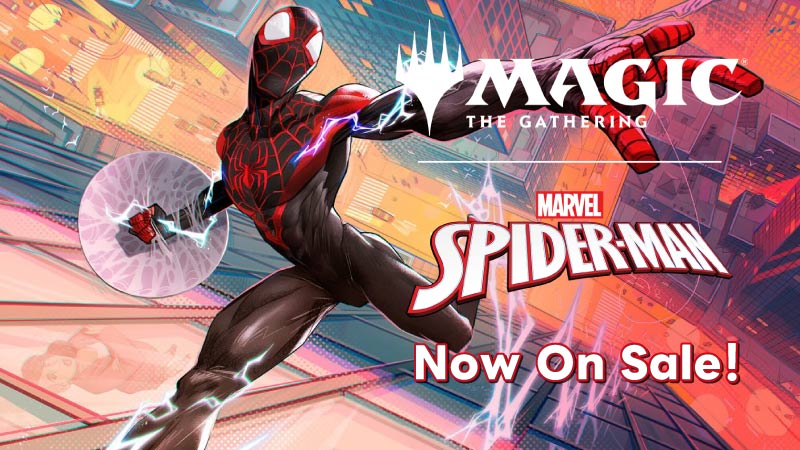Introduction
Hola!
Vintage Cube is back to Magic Online and once again we can see many posts about awesome cube decks on social media. Cube is certainly one of the most popular formats in Magic, but in my opinion, it is also the deepest one. Cube drafting mixes skills like pivoting well inside a draft with knowing exactly how fragile a combo deck can be and still be good enough.
I understand you can draft cube just trying to do the most flashy thing and that is ok – we all play for different reasons and fun is certainly subjective. However, for many players, it is enjoyable to play formats like Cube Draft trying to draft the very best deck available for their draft seat and trying to squeeze all the value of each pick. I’m obviously one of those players.
How Do We Draft a Cube?
First of all, we must take into account the nature of the cube you are drafting with. I am going to focus mostly on the Vintage Cube as it is the most popular one, but the thinking process is the same for most cubes.
The biggest difference between Vintage Cube and something like a Modern Cube is the fact that Combo Decks/Engines are the strongest thing you can do in Vintage by a wide margin, while in everything that’s smaller than a Legacy Cube Midrange/Grindy Decks will be the clear best thing to do.
Knowing which macro-archetypes are better is extremely important in cube drafting the same way it is important to know which colors are better in a normal draft.
Archetypes
The way I see it, three big macro-archetypes in Vintage Cube are Combo, Control and Aggro. Combo and Control are self explanatory, but in the Vintage Cube context, essentially everything that’s not Combo or Control is an Aggro deck, as midrange decks often play the aggressive role in most matchups anyway. This means that midrange decks will often need to prioritize having aggressive cards in certain situations.
Even if the power level gap between the archetypes is quite large, this doesn’t mean you can’t win a Cube pod with an aggressive deck. Quite the opposite, as draft formats are self-correcting and cube draft is not an exception to that rule. A player getting a full clean Mono Red deck without having to fight for the picks will have a good matchup against a combo deck that fights so hard for the pieces that ends being almost unplayable.
Let’s have a look at how to draft the different archetypes.
Overall Cube Drafting
Drafting is never about the individual cards, as having a plan for a cohesive 40 card deck is way more important than a card being better than a different card. This concept is way more important in Cube than in regular drafts, as the value of the cards will change dramatically depending on what you are planning to do with your deck.
The easiest way to understand this is thinking why you wouldn’t play an aggressive creature in your constructed control deck and extrapolate that kind of reasoning to the draft.
Cube drafting often feels like creating constructed archetypes on the fly and that is fun!
Combo
Combo decks are the most powerful thing we can be doing in Vintage Cube. They are also the ones that benefit the most of the broken mana accelerators like 《Black Lotus》. They are simply what you should be trying to do by default if there are cards to support it.
One important aspect of drafting combo decks is to speculate aggressively on the good enablers. Cards like 《Griselbrand》, 《Vampiric Tutor》 or even 《Splinter Twin》 are cards that will simply make your future combo picks much better and therefore should be picked highly. They will, of course, not always suit your deck even if you end up playing some kind of combo, but when they do, they will simply improve your whole deck.
The easiest way to identify a combo piece is to think of its respective constructed deck. The more decks you know, the more decks you will have access to while drafting. Given the right cards, even decks like High Tide can perfectly work and be the best deck at the table.
The next step is more complicated and is realizing how well the different combo cards bridge with each other. Some combo decks can perfectly work having different kinds of combo, particularly with tutors, but some of them require so much work that it is better to have every card working in the same direction. Tutors, of course, let us bridge quite well.
Let’s have a look at the three different combo types:
1. Stack Based Combos
Stack based combos tend to stack (hah) relatively well with each other. Cards like 《High Tide》, 《Turnabout》, 《Dark Ritual》, 《Past in Flames》 or 《Brain Freeze》 are examples of stack based combo cards, as they are pretty much useless outside of this specific type of deck.
We are trying to assemble a Storm deck that is able to win games. This is to me, the hardest Cube road, but not for the reason that might seem obvious. I actually don’t think drafting a functional Storm deck is that hard. There are some enablers, there are some finishers, and if you put them both together you will often end with a cool and powerful deck with some spectacular winning lines.
The reason why I think stack based combo decks are the hardest road in a draft is because it is very tricky to switch from it into a functional deck. You need to be picking your important cards early, but as I said they won’t be very useful outside of the storm deck. This means sometimes you will need to get creative or simply build a whole new deck with fewer cards.
《Turnabout》, for example, can be used as a way to ramp something like a 《Sundering Titan》 if you move into a different archetype.
2. Cheat a Large Creature
《Show and Tell》, 《Sneak Attack》, 《Reanimate》 and its friends, 《Eureka》. Anything that ends with a huge 《Emrakul, the Aeons Torn》 or 《Griselbrand》 into the battlefield counts here.
Those decks require less commitment than the storm decks, but simply throwing one 《Emrakul, the Aeons Torn》 and one 《Show and Tell》 into your control deck won’t exactly make it good, even though that is something that can be done.
Cards that can ramp a massive amount of mana like 《Channel》 can also be included here. All those cards tend to play relatively well with each other, since we simply want to assemble a large creature + a way to cheat it into the battlefield ahead of schedule.
One type of card I’ve found extremely valuable trying to draft decks like this are creatures that are large enough to win games but also cheap enough to be played in a different deck or hardcasted, like 《Grave Titan》 or 《Consecrated Sphinx》. Something like a 《Dark Ritual》 plus a 《Mox》 will let us cast a 《Grave Titan》 on turn 3 which will often be enough to beat a deck that is full of planeswalkers.
Ramp decks can and should be included here, since they actually bridge quite well with all the cheating pieces and the better green decks have these unfair elements where they have ways to power stuff like 《Ulamog, the Ceaseless Hunger》.
3. “《Splinter Twin》” Combos and One Card Combos
A “《Splinter Twin》” is often used to describe any two card combo that wins the game on the spot. Obviously, this also includes the original 《Splinter Twin》 + 《Pestermite》 combo, but also anything similar.
《Splinter Twin》 is something you can throw into a control deck and it will work quite well, since you will often find some uses for both cards plus you will win the game through everything if you manage to resolve your combo. Being control will also make it so you will often have more time to draw the pieces.
This means the cost of picking a 《Splinter Twin》 is actually not as high as the cost of picking a Storm card, since we can play the 《Splinter Twin》 combo in our Storm or control deck, but not the other way around.
Cards like 《Tinker》 are often called one card combos as they can define games by themselves. I choose to include them here because even though they are combo cards they can be played in pretty much all archetypes simply because of its raw power.
One example of 《Tinker》 being flexible here is a Green deck that splashes blue while playing a 《Sundering Titan》; they can accelerate anyway with a few Equipment/Moxen to sacrifice to 《Tinker》.
Control
The biggest non-obvious concept I want to point out about drafting control in cube is that we are drafting control to have a good matchup against combo decks. Countermagic is usually not very good in draft formats, even those that are powered like Vintage Masters, but it is different here.
We need to be protected against opponents trying to cheat a 《Griselbrand》 into the battlefield even in the early game. This means cards like 《Force of Will》 or 《Force of Negation》 are premium cards, but it also means that cards like 《Counterspell》 or 《Mana Leak》 are good cards you want to have in your deck.
As a consequence, if you are playing control in cube, you will virtually always be playing blue. This means the amount of times we can successfully draft a good control deck is limited because blue might be too dry. Good news is that not that many decks want to draft control cards so we can get some gems real late.
Control decks are the ones that can have a good matchup even against a busted combo deck, but in exchange, they will often struggle against Midrange/Aggro decks. The power level in Vintage Cube is high enough that most threats a midrange deck will present will be enough to win the game, and unfortunately that means Control will have to answer most of the stuff on the other side of the table unless they have premium threats themselves. Not every card can be an 《Oko, Thief of Crowns》.
That said, a well rounded control deck is something I would be happy to have in any given table.
Aggro
The “fair” decks. You often end here because you tried to make combo or control work unsuccessfully or because you spent your first picks on cards like the Power 9 followed by strong fair cards.
The important concept here is that you have to be prepared to face combo decks. 《Counterspell》 are obviously good against them here too, but even having access to stuff like 《Thalia, Guardian of Thraben》 or 《Path to Exile》 can be valuable.
Mana denial cards will often be better than strong cards against both control and combo decks and therefore will often be higher picks. We could even say they are better than “better” cards in a vacuum.
《Armageddon》 might look like it is a worse card than 《Gideon, Ally of Zendikar》, but, which one would you rather have against a Storm deck playing Green/White?
Speed can also work quite well, as something like 《Goblin Guide》 into 《Eidolon of the Great Revel》 followed by some burn spells and a 《Fireblast》 will take down many combo decks. Keep an eye on Mono Red, as it is probably the best non Combo/Control deck you can draft, but it also has to be drafted as a constructed deck.
A bunch of 《Chandra, Torch of Defiance》/《Hazoret the Fervent》 type of cards won’t be enough. Those cards are extremely good if they are the top of your mana curve, but it is paramount that your red decks have a very aggressive curve, so make sure you prioritize the aggressive curve drops.
That’s it for today. Thanks for reading and have fun cubing!



